Exploring the Different Types of Printers: Inkjet vs. Laserjet vs. Ink Tank
The importance of printers can not be overemphasized in today’s digital world, printers continue to play a vital role, serving various needs from producing essential documents to bringing digital memories to life as tangible photographs.
However, navigating the complex world of printers can be daunting, especially when faced with the choice between inkjet, laserjet and smart tank printers.
Imagine you’re in the market for a new printer. Do you go for the vibrant colour prints of an inkjet, the precision and speed of a laserjet printer, or the cost-effective innovation of a smart tank printer?
This article aims to unravel the mysteries behind these three primary types of printers: Inkjet, Laserjet, and Ink Tank.
1. Understanding Inkjet Printers
Inkjet printers are a popular choice for both homes and offices, known for their ability to produce vibrant, high-quality prints. To truly grasp their strengths and weaknesses, let’s delve into the mechanics and characteristics of inkjet printers.
1.1. How Inkjet Printers Work
Inkjet printers employ a fascinating technology that revolves around microscopic ink droplets. These printers work by propelling these tiny droplets onto paper, creating precise and colourful prints.
At the heart of this technology are the print heads and nozzles. The print head houses a series of nozzles, each responsible for expelling a specific colour of ink. These nozzles, often in the hundreds or even thousands, work together to create intricate patterns and details on the page.
The precision of this process is what makes inkjet printers excel at rendering sharp images and vibrant colours.
1.2. Print Quality and Versatility
Inkjet printers are renowned for their exceptional print quality, particularly when it comes to colour printing. They are capable of producing high-resolution prints that capture every detail of an image or document.
This feature makes them a top choice for tasks that demand impeccable visual results, such as photo printing and graphics.
Additionally, inkjet printers are incredibly versatile when it comes to paper compatibility. Whether you need to print on glossy photo paper, matte paper, or specialized labels, inkjet printers can accommodate a wide range of media types, making them suitable for various printing needs.
1.3. Cost Considerations
One aspect to bear in mind when considering an inkjet printer is the cost structure. While inkjet printers are generally affordable upfront, it’s essential to factor in the ongoing cost of ink cartridges.
These cartridges can be relatively expensive, particularly for those who print frequently or in large volumes. To make the most cost-effective choice, it’s advisable to consider your long-term printing needs and budget.
1.4. Speed and Performance
Inkjet printers have come a long way in terms of speed and performance. However, they still tend to be slower compared to their laserjet printer counterparts.
This characteristic makes them better suited for low to moderate printing volumes. If you require high-speed printing for large batches of documents, a laserjet printer might be a more suitable option.
1.5. Maintenance Tips
To keep your inkjet printer in top-notch condition, regular maintenance is essential.
Ink cartridges, when left unused for extended periods, can dry up and lead to print quality issues. Therefore, it’s crucial to print something periodically, even if it’s just a test page, to keep the ink flowing smoothly.
Additionally, following the manufacturer’s maintenance recommendations, such as cleaning the print heads and ensuring proper ventilation, can extend the lifespan of your inkjet printer and ensure consistent print quality.
2. Laserjet Printers Unveiled
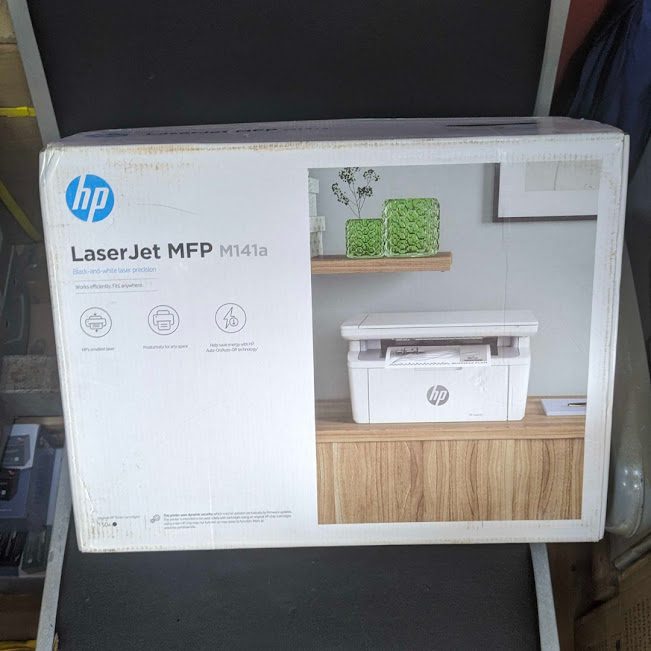
Laserjet printers have become workhorses in both home and office settings, celebrated for their precision and efficiency. To fully appreciate their capabilities and advantages, let’s uncover the inner workings and characteristics of laserjet printers.
2.1. The Laser Printing Process
At the core of laserjet printers lies an intricate process involving laser beams and toner.
2.1.1. Here’s how it works
The laser beam scans across a photosensitive drum within the printer, creating a latent electrostatic image of the content to be printed. This drum then attracts toner, a fine powder containing pigment particles.
The toner is precisely applied to the drum, adhering to the electrostatically charged areas, which correspond to the image or text being printed.
The paper is then passed over the drum, and the toner is transferred to the paper’s surface. Finally, heat and pressure are applied to fuse the toner onto the paper, creating the final printed page.
2.2. Ideal Use Cases
Laserjet printers shine in scenarios where high-volume document printing is required. Their remarkable speed and consistent print quality make them more valuable in office environments where large reports, brochures, or multiple copies of documents are the order of the day.
Their ability to handle high-volume tasks without compromising on quality has made laser printers the preferred choice for businesses worldwide.
2.3. Cost Analysis
While laserjet printers may have higher upfront costs compared to their inkjet counterparts, it’s essential to consider the long-term savings they offer. Laserjet printers typically have a lower cost per page for text printing.
The efficiency of laser technology means less toner is used per page, and the cartridges tend to last longer than inkjet ink cartridges. This cost-effectiveness often makes laser printers the economical choice for users with significant printing needs.
2.4. Speed and Efficiency
One of the most compelling advantages of laserjet printers is their speed and efficiency. They can produce pages at an impressive rate, making them ideal for busy office environments.
Whether it’s churning out lengthy reports or handling a queue of print jobs, laserjet printers excel in delivering documents swiftly and consistently. This speed advantage significantly reduces waiting times and boosts overall productivity.
2.5. Maintenance Simplified
Compared to inkjet printers, laserjet printers require less frequent maintenance. Since they use toner instead of liquid ink, there’s no risk of cartridges drying up if the printer is unused for a while.
This simplifies printer upkeep, making it a convenient choice for users who prefer a hassle-free printing experience. Routine maintenance typically involves replacing toner cartridges and occasionally cleaning the printer’s interior to remove any residual toner.
3. Ink Tank Printers: A New Frontier
Ink tank printers represent a revolutionary approach to printing technology, addressing longstanding issues related to ink costs and maintenance.
To gain a comprehensive understanding of these innovative printers, let’s delve into their unique features, advantages and major disadvantages.
3.1. Innovative Ink Systems
Ink tank printers are distinguished by their ingenious ink delivery systems. Instead of traditional ink cartridges, they employ refillable ink tanks.
These tanks are designed to hold a substantial amount of ink, significantly reducing the need for frequent cartridge replacements.
The concept is simple but groundbreaking, when the ink levels run low, users can easily refill the tanks with specialized ink bottles, eliminating the hassle and cost associated with traditional cartridges.
This innovation not only offers cost savings but also contributes to environmental sustainability by reducing plastic waste.
3.2. Cost-Effective Printing
One of the primary reasons users are drawn to Ink tank printers is their cost-effectiveness. Traditional inkjet printers often incur high ongoing costs due to the frequent replacement of costly ink cartridges.
In contrast, Ink tank printers leverage their refillable ink tanks to provide a considerably lower cost per page. Users can print with confidence, knowing that they won’t deplete their ink reserves quickly and won’t have to break the bank on replacement cartridges.
This cost-efficient approach makes Ink tank printers an attractive choice for those who print frequently or in high volumes.
3.3. Speed and Reliability
Ink tank printers combine the best of both inkjet and laser technologies, offering impressive printing speeds while maintaining excellent print quality. In terms of performance, they can hold their own against both inkjet and laser printers.
This versatility makes them suitable for a wide range of tasks, from producing sharp text documents to vibrant colour prints. Users can enjoy the benefits of quick and reliable printing without sacrificing quality, a balance that’s crucial for busy homes and small offices.
3.4. Minimal Maintenance
One of the most significant advantages of ink tank printers is their minimal maintenance requirements. Unlike traditional inkjet printers that may suffer from dried-out cartridges if left unused for extended periods, ink tank printers feature airtight ink tanks that prevent ink from drying up.
This design ensures that the printer remains ready for action, even after periods of inactivity. Additionally, infrequent refilling of the ink tanks and straightforward maintenance procedures make ink tank printers user-friendly and low-maintenance devices.
One of the major drawbacks of tank printers is ink clogging, this happens when you do not use the printer for a while.
Blockages may occur owing to air becoming trapped inside the tank, causing damage to your printer when replenishing the ink. Though it is not common, you should be cautious if you do not use the printer on a regular basis.
4. Head-to-Head Comparison
Here’s a head-to-head comparison of Inkjet, Laserjet, and Ink Tank printers, evaluating key factors such as print quality, cost-effectiveness, speed, and maintenance.
| Aspect | Inkjet Printers | Laserjet Printers | Ink Tank Printers |
| Print Quality | Excellent for colour printing, ideal for photos and graphics. | Exceptional for text documents. Colour quality varies. | High-quality prints, suitable for both text and colour documents. |
| Cost Comparison | Affordable upfront cost, but ongoing ink cartridge expenses can add up. | Higher upfront cost, lower cost per page over time. | Higher upfront costs, but significantly lower costs per page due to refillable ink tanks. |
| Speed and Efficiency | Slower compared to laser printers, best for low to moderate printing volumes | Fast printing, ideal for high-volume tasks. | Impressive speed and reliability, suitable for various printing needs. |
| Maintenance Needs | Requires regular maintenance to prevent ink drying and occasional print head cleaning. | Minimal maintenance, longer-lasting toner cartridges. | Minimal maintenance, infrequent ink tank refilling. |
4.1. Print Quality Showdown
In the realm of print quality, inkjet printers excel in producing vibrant and high-resolution colour prints, making them the preferred choice for tasks like photo printing and graphics.
Laser printers, on the other hand, shine when it comes to text documents, offering exceptional clarity and consistency.
Smart tank printers offer a balanced approach, providing high-quality prints for both text and colour documents, making them versatile for various printing needs.
4.2. Budget-Friendly Printing
When considering costs, inkjet printers are budget-friendly upfront but can become expensive over time due to ongoing ink cartridge expenses.
Laser printers have a higher initial cost but offer a significantly lower cost per page, making them economical for those with substantial printing needs.
Smart tank printers combine the best of both worlds, with a higher upfront cost offset by minimal ongoing expenses, thanks to refillable ink tanks.
4.3. Need for Speed
In terms of speed and efficiency, laser printers outperform both inkjet and smart tank printers, making them ideal for high-volume tasks in office environments.
Inkjet printers, while offering excellent print quality, are slower and best suited for low to moderate printing volumes.
Smart tank printers provide a balance, offering impressive speed and reliability that can handle various printing needs efficiently.
4.4. Hassle-Free Maintenance
Inkjet printers require regular maintenance to prevent ink drying and occasional print head cleaning. Laser printers have minimal maintenance needs, with longer-lasting toner cartridges. Smart tank printers also demand minimal maintenance, with infrequent ink tank refilling as their primary upkeep task.
In summary, the choice between inkjet, laserjet, and smart tank printers ultimately depends on your specific printing needs and budget considerations. Each type has its strengths and weaknesses, so carefully evaluating these factors will help you select the printer that best aligns with your requirements.
5. FAQs
Which type of printer is best for high-quality photo printing?
When it comes to printing stunning photos, inkjet printers are the go-to choice. Their ability to produce vibrant colours and intricate details makes them ideal for photo enthusiasts.
Are laserjet printers more cost-effective in the long run?
While laserjet printers may have higher upfront costs, their lower cost per page for text printing makes them a cost-effective choice for high-volume document printing.
Can I use third-party ink for my Ecotank printer?
Yes, many Ecotank printers support third-party ink, but be cautious about the quality of these inks as they can affect print results and potentially void warranties.
How do I choose the right paper for my printer?
Selecting the right paper depends on your printer type and the type of printing you plan to do. Refer to your printer’s manual for paper recommendations.


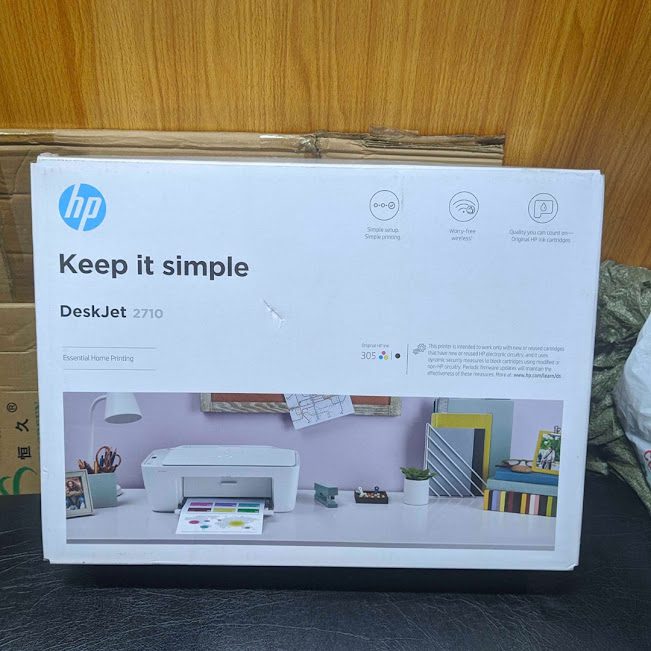

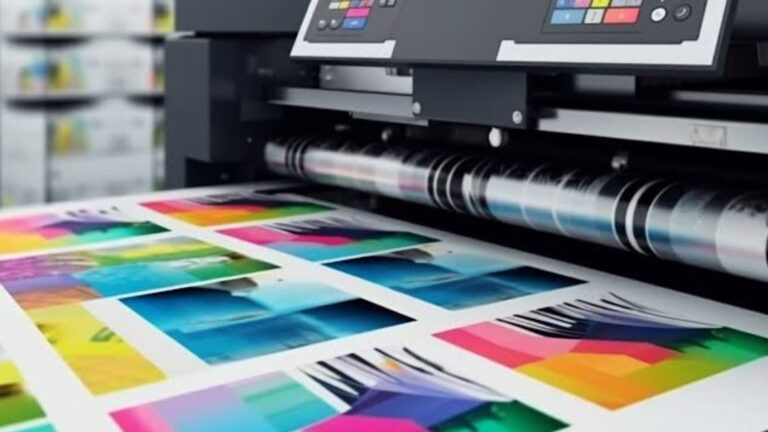
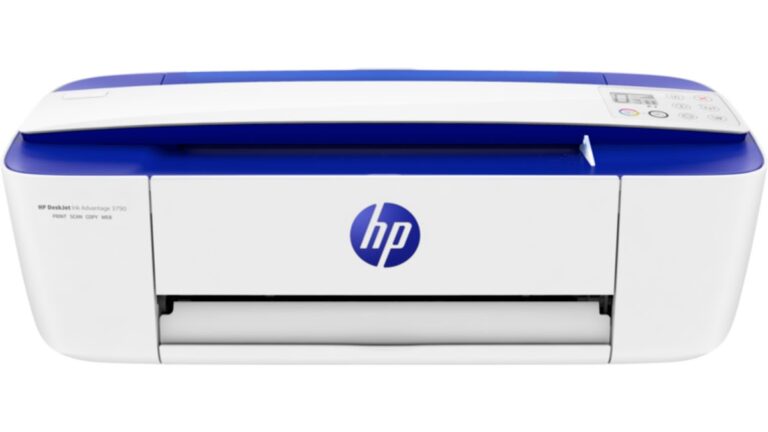


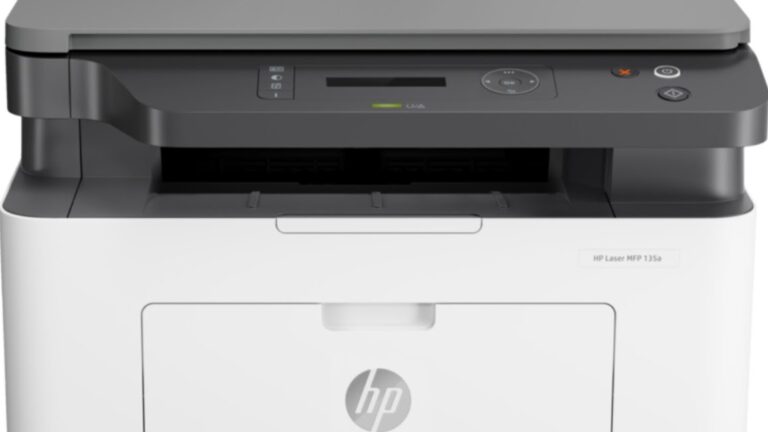
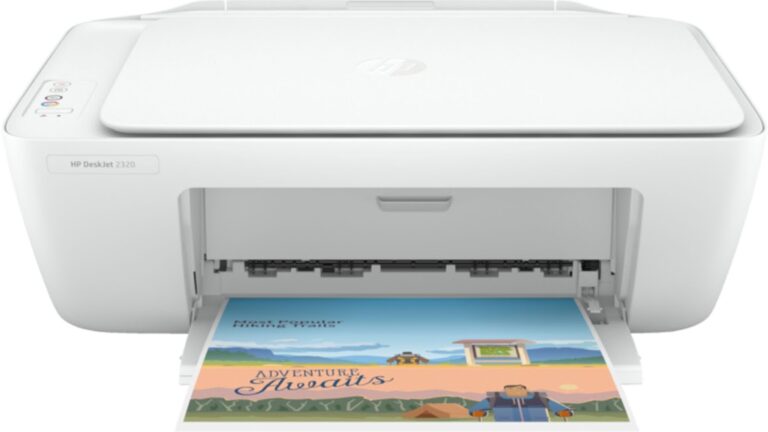
One Comment